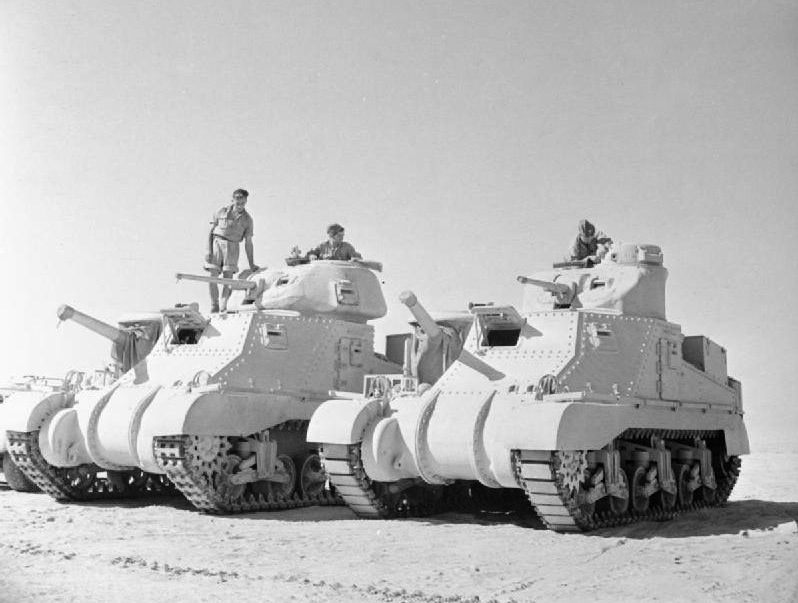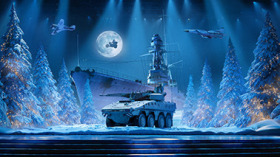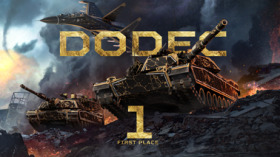
- Для PC
- Для Mac
- Для Linux
- ОС: Windows 10 (64 bit)
- Процессор: Dual-Core 2.2 GHz
- Оперативная память: 4 ГБ
- Видеокарта с поддержкой DirectX версии 11: AMD Radeon 77XX / NVIDIA GeForce GTX 660. Минимальное поддерживаемое разрешение – 720p.
- Сеть: Широкополосное подключение к Интернету
- Место на жестком диске: 22.1 Гб
- ОС: Windows 10/11 (64bit)
- Процессор: Intel Core i5 или Ryzen 5 3600 и выше
- Оперативная память: 16 ГБ
- Видеокарта с поддержкой DirectX 11 и выше: Nvidia GeForce 1060 и выше, Radeon RX 570 и выше
- Сеть: Широкополосное подключение к Интернету
- Место на жестком диске: 62.2 Гб
- Операционная система: Mac OS Big Sur 11.0
- Процессор: Core i5, минимум 2.2GHz (Intel Xeon не поддерживается)
- Оперативная память: 6 Гб
- Видеокарта: Intel Iris Pro 5200 (Mac) или аналогичная видеокарта AMD/Nvidia для Mac (минимальное поддерживаемое разрешение – 720p) с поддержкой Metal
- Место на жестком диске: 22.1 Гб
- Операционная система: Mac OS Big Sur 11.0
- Процессор: Intel Core i7 (Intel Xeon не поддерживается)
- Оперативная память: 8 Гб
- Видеокарта: Radeon Vega II и выше с поддержкой Metal
- Место на жестком диске: 62.2 Гб
- Операционная система: Современные дистрибутивы Linux 64bit
- Процессор: Dual-Core 2.4 ГГц
- Оперативная память: 4 Гб
- Видеокарта: NVIDIA GeForce 660 со свежими проприетарными драйверами (не старее 6 месяцев) / соответствующая серия AMD Radeon со свежими проприетарными драйверами (не старее 6 месяцев, минимальное поддерживаемое разрешение - 720p) с поддержкой Vulkan
- Место на жестком диске: 22.1 Гб
- Операционная система: Ubuntu 20.04 64bit
- Процессор: Intel Core i7
- Оперативная память: 16 Гб
- Видеокарта: NVIDIA GeForce 1060 со свежими проприетарными драйверами (не старее 6 месяцев) / Radeon RX 570 со свежими проприетарными драйверами (не старее 6 месяцев) с поддержкой Vulkan
- Место на жестком диске: 62.2 Гб
War Thunder Update 'Steel Generals' will feature the M3 Lee as one of the starting tanks of the US Ground Forces.
Players will be able to use both the 37 mm cannon in the turret, as well as the 75 mm cannon in the hull's casemate.
With excellent firepower and the ability to engage two targets simultaneously, the M3 Lee will surely quickely become
a favourite vehicle for many War Thunder tankers. Stay tuned for more information!
 If you want check how that tank moves, jump to our Twitter!
If you want check how that tank moves, jump to our Twitter!
 If you want to find more screenshots, check out our Facebook!
If you want to find more screenshots, check out our Facebook!
 Do not forget to vist us on our google plus page!
Do not forget to vist us on our google plus page!
In 1940, when World War II was already at full pace in Europe, the US Army was fielding a tank force of approximately 400 vehicles, mostly consisting of the M2 Light and M2 Medium tanks. As interwar infantry-support tanks, the concept of both vehicles was still based on the experience of late World War I, where the first emergence of tanks left a shocking impression on the static trench warfare.
 |
| An M3 Lee, frontal view |
However, the unexpected French capitulation and the news of Germany’s very different approach to tank warfare led to the realization that these designs were unfit for an eventual use in the European theater. Despite the fact that most of Germany’s tanks during the invasion of France were Pz.Kpfw. II, especially the reports about the Pz.Kpfw. III and Pz.Kpfw. IV with its 75 mm cannon left an impression on the High Command, which was determined to equip the US Army with an answer to any eventualities. In return, the development of a new medium tank was ordered, which was to be equipped with a 75 mm cannon mounted in the turret.
As the US tank industry was not yet able to produce tank turrets capable of fitting a 75 mm gun, the concept of the Medium Tank M3 was drawn. Based on the Medium Tank M2 and designed as an intermediary step from the very beginning, the fully traversable main turret was still equipped only with a 37 mm M5 cannon. Additionally, however, a casemate was integrated into the front of the hull, fitting a 75 mm M2 cannon with limited traverse, giving the tank the extra firepower that was perceived necessary to combat German tanks.
 |
| M3 Grant (left) and M3 Lee in Africa |
Production started in August 1941 and continued until December 1942 in various variants. Powered by a 400 hp Continental R-975 engine, the M3 Lee, as the tank was later called in the US Army, could reach a top speed of 26 mp/h (42 km/h) with a maximum range of 119 mi (193 km). Of the 6258 vehicles produced, the vast majority of M3s were constructed with riveted armor plates of up to 2 inch (51 mm) strength. Besides the 75 mm M2 and 37 mm M5, the tank was also equipped with up to four .30-06 (7,62 mm) M1919A4 machine guns to defend itself against infantry. To combat encampments and fortifications, an amount of 75 mm HE grenades was supplied to every M3.
The crew originally consisted of seven crewmen: commander, radio operator, turret gunner, hull gunner, loader, machine gunner and driver, but the total number was eventually reduced to five by 1942. The British variant, called M3 Grant, can easily be recognized by the different top turret and was from the very beginning equipped only with six crewmen, skipping the radio operator as an individual role.
The M3 saw first combat in 1942 during the North African Campaign with the British against the Italian Army and German Africa Corps. The M3 came as a surprise to the Axis forces, as the M3’s 75 mm cannon was not only able to destroy any Axis fighting vehicle of that time, but also came with an impressive effective range, surpassing the range of many German cannons. Appreciated especially by the British forces, the M3 Lee was not an unsuccessful vehicle, but had serious drawbacks. The limited traversability of the 75 mm cannon was a serious disadvantage, as was the generally high silhouette. With the emergence of advanced German tanks like the Tiger and Panther in 1942 and 1943 and with the Sherman being ready for production, the M3 Lee became obsolete and production was discontinued.
The War Thunder Team




